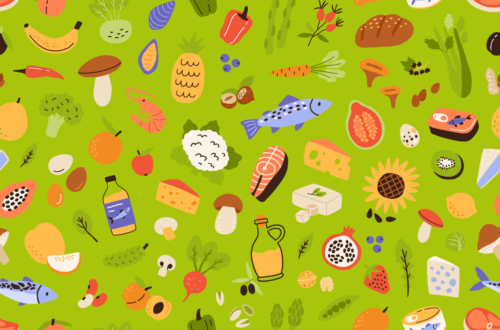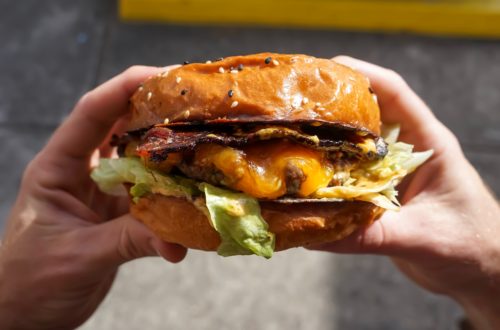
Eating Out with Celiac Disease
Celiac disease is a chronic autoimmune disorder where ingestion of gluten leads to damage in the small intestine, causing various gastrointestinal and non-gastrointestinal symptoms, with the primary treatment being adherence to a strict gluten-free diet.
Despite the well-known sources of gluten, such as wheat, barley, rye, malt, and some oats, cross-contamination in restaurants can pose significant challenges. However, with advance planning, it is still possible to enjoy a night out with friends.
Finding Gluten Free Restaurants
For individuals who dine out regularly, cross-contamination is almost unavoidable. The key is to minimize exposure by choosing restaurants that prioritize gluten-free customers and opting for menu items that are least likely to be prepared using shared equipment.
Cross-contamination happens when kitchen equipment or surfaces, such as a deep fryer or countertop, are used for both gluten-containing and gluten-free foods.
Websites like Find Me Gluten Free and the National Celiac Association Restaurant Finder are both excellent resources. Searching for “gluten-free” on platforms like Yelp or Google Maps can also help identify restaurants that cater to gluten-free diets.
Reading online reviews on platforms like Yelp or Google can provide valuable feedback from fellow diners about their experiences at different restaurants. Look for reviews that specifically mention how accommodating and knowledgeable a restaurant is about their cooking processes and the risk of cross-contamination.
Navigating the Menu
Start by reviewing the menu ahead of time. Many restaurants now label gluten-free items with a “GF” symbol or a similar designation. Some restaurants even have a separate deep fryer or griddle for gluten-free foods, such as French fries or pancakes, to minimize cross-contamination risks.
Foods to Avoid with Celiacs Disease
Be cautious of breads, pastas, pastries, pizza, cookies, pancakes, cereals, crackers, and any other flour-based product unless explicitly marketed as gluten-free. Avoid anything from the deep fryer or griddle unless the restaurant has confirmed the use of separate kitchen equipment for gluten-free foods.
Hidden sources of gluten can be found in sauces, dips, dressings, thickeners, meat substitutes, and even some cocktail mixers. Ask for all condiments on the side and confirm the gluten status with the waitstaff before eating.
Common buzzwords to avoid include:
- breaded
- battered
- malted
- modified food starch
- ‘additional spices’
Recovery After Accidental Ingestion
Despite advanced planning and careful preparation, accidental ingestion of gluten can cause a flare-up of symptoms. Unfortunately, there is not much you can do other than hydrate, rest, stay close to a bathroom, and prioritize gut-restorative foods like plain rice, bananas, and potatoes to soothe your stomach.
Some people might consider resuming or intensifying a probiotic or digestive enzyme regimen, but it is recommended to consult with your healthcare team first.
- Restivo J. Celiac disease diet: Avoiding foods that contain gluten. Harvard Health. August 10, 2023. Accessed October 25, 2024. https://www.health.harvard.edu/diseases-and-conditions/celiac-disease-diet-avoiding-foods-that-contain-gluten


You May Also Like

Happy National Nutrition Month!
March 5, 2023
Debunk the Junk: The “Keto” Diet
March 15, 2019
